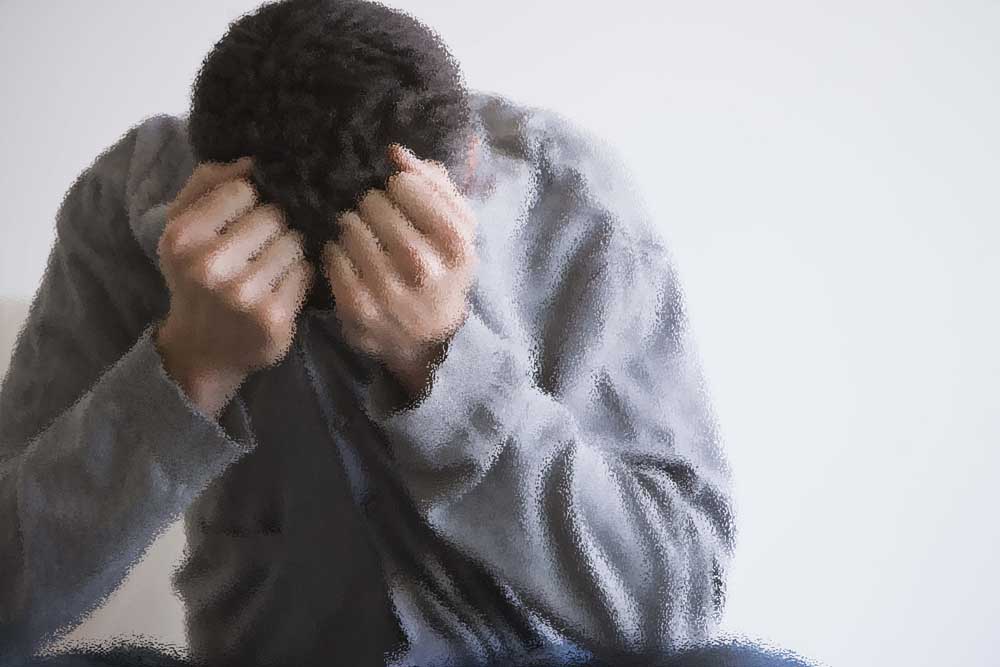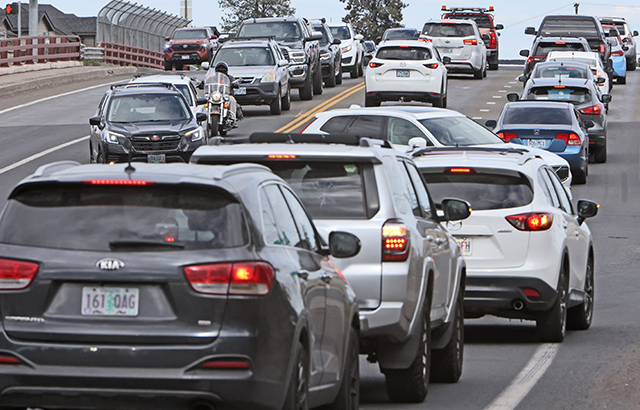More children attempting suicide by overdose
Published 12:00 am Monday, May 6, 2019

- As many as 50,000 people commit suicide each year in the United States. For every suicide death, there are an estimated 11 attempted suicides. (Thinkstock)
A study that shows adolescents are attempting suicide by overdose at increasing rates is further evidence the pervasive public health problem needs more conversation and money, experts say.
In the report, published recently in The Journal of Pediatrics, researchers at Nationwide Children’s Hospital in Columbus, Ohio, and the Central Ohio Poison Center found medication overdose suicide attempts have more than doubled since 2000, and more than tripled for girls.
Trending
“I think this all adds up to an opportunity to educate and build awareness and find out what solutions are out there for this,” said John Ackerman, suicide prevention coordinator and clinical psychologist at Nationwide Children’s Hospital and one of the authors of the study. “We have so many opportunities across our system to do better. This should be a call to mobilize resources.”
The stakes are high. Joanne Meyers, of Northfield, Illinois, knows firsthand — her daughter Elyssa died by suicide at age 16 in 2004. In 2006, Meyers formed Elyssa’s Mission, a nonprofit that works with about 200 schools in Illinois. It trains staff and teaches students about the warning signs of suicide and how to get help for themselves or their friends. Students are then screened at the end of the program and referred for help.
“It’s important to me that we talk about it because talking about suicide is the only way we’ll save lives,” Meyers said. “We didn’t know back then.”
In the past few years, Meyers said more schools seem interested in suicide awareness, and last year, the group added 50 new schools.
Suicide prevention in schools is an important part of a public health solution to this increasing problem, said Ackerman. Suicide screenings should also be commonplace at primary care physicians’ offices, he said, and parents should know what resources are available.
“We need a public health approach like we’ve had with cancer, with HIV, with motor vehicle accidents,” he said. “There’s a clear gap in how often we directly confront the issue of suicidal influence and behavior.”
Trending
Even with improved mental health awareness in recent years, Ackerman said, “we need more hands on deck, more investment in policy.”
“The infrastructure on how we support at-risk kids is pretty weak,” he added. “There’s a lot of stigma and a lot of shame. We make people who are vulnerable jump through a lot of hoops to get help.”








